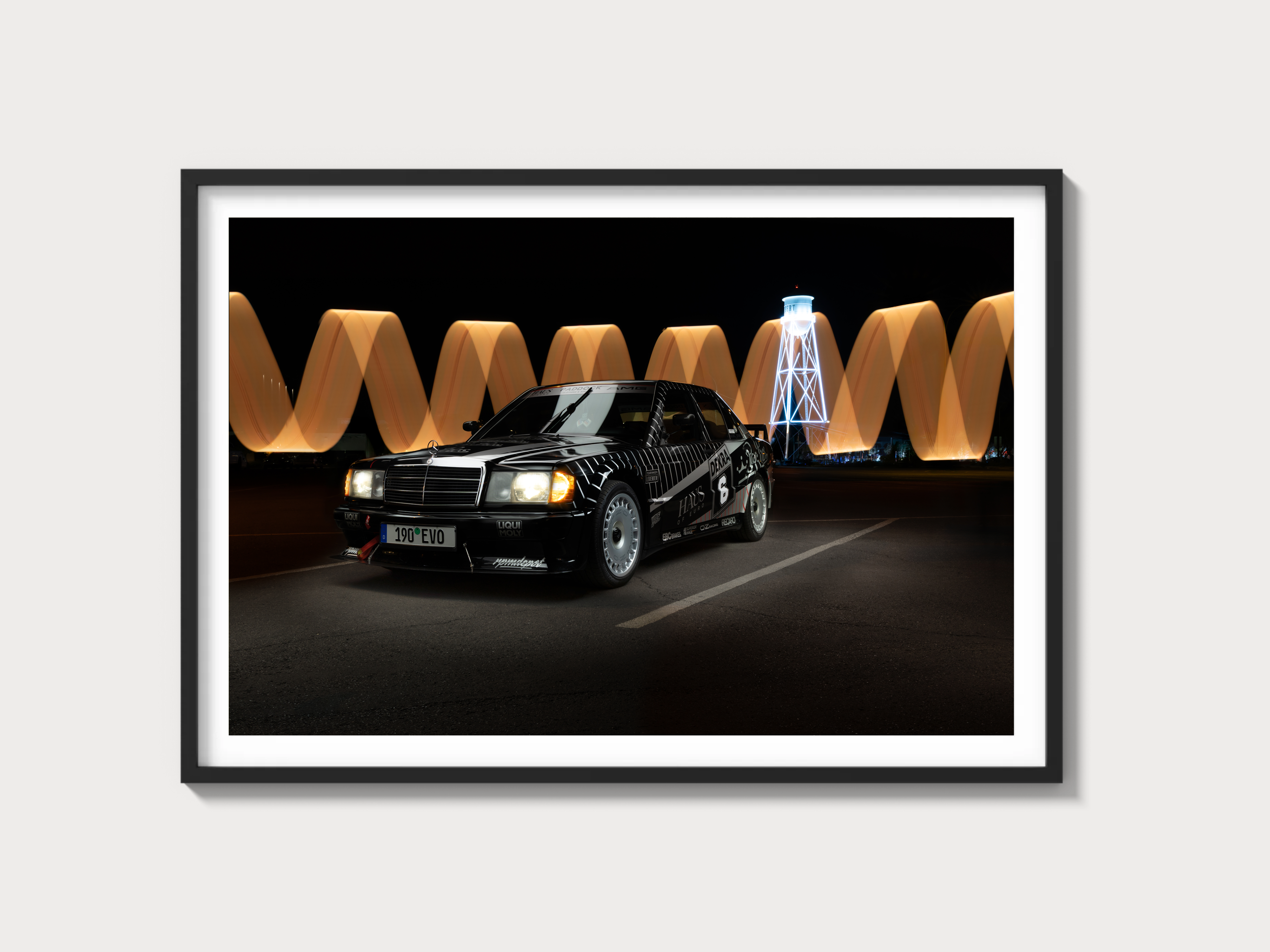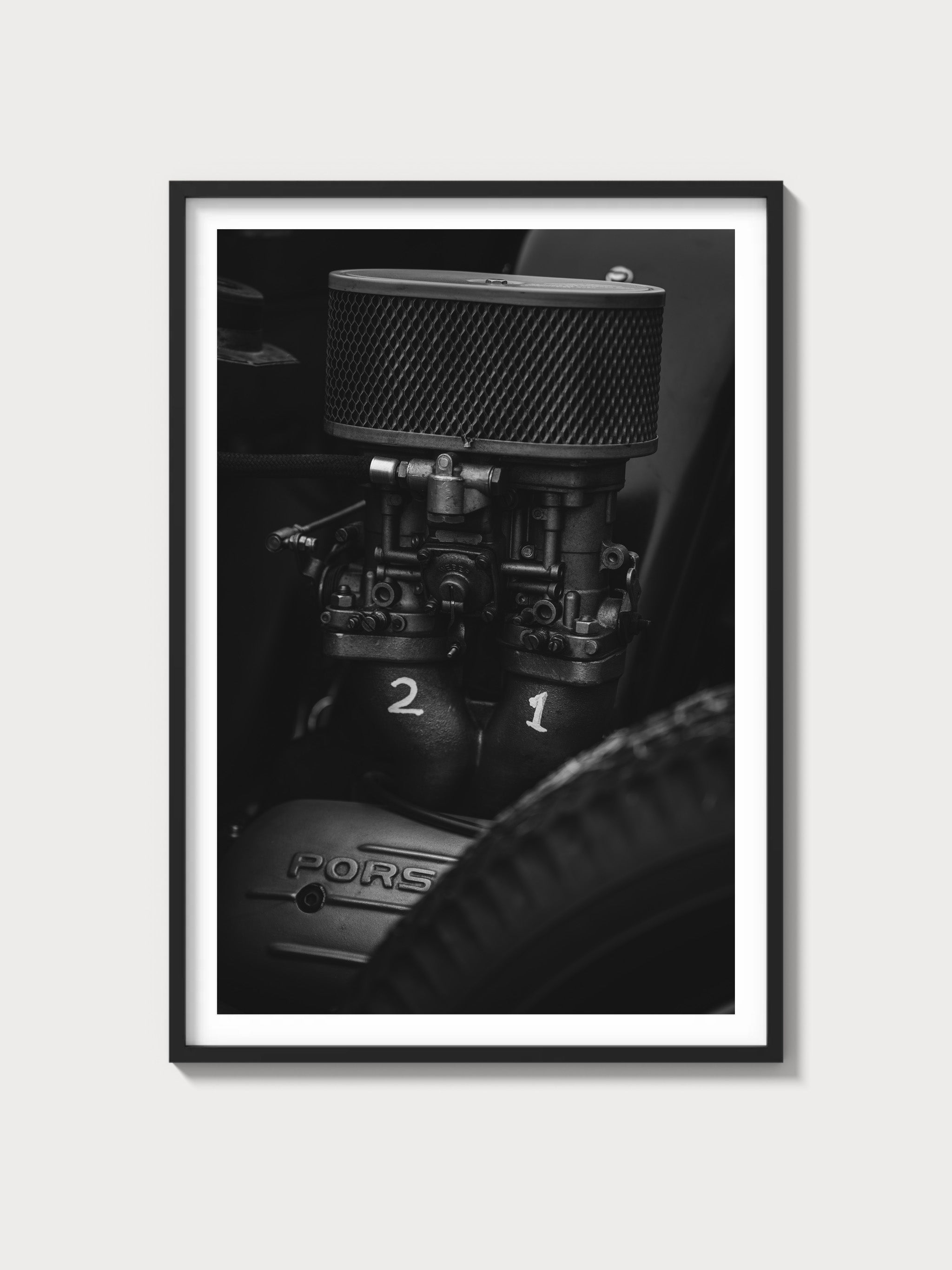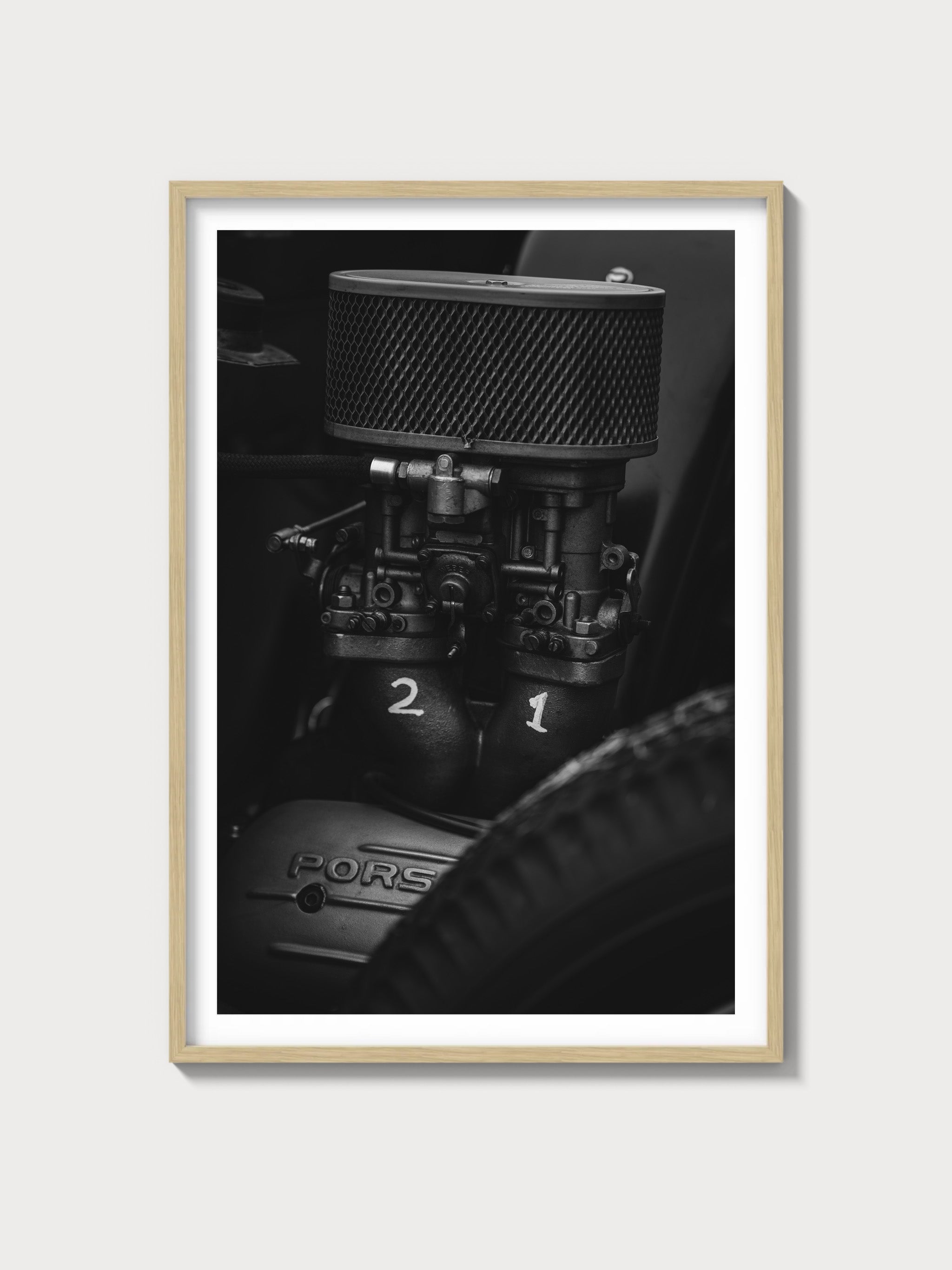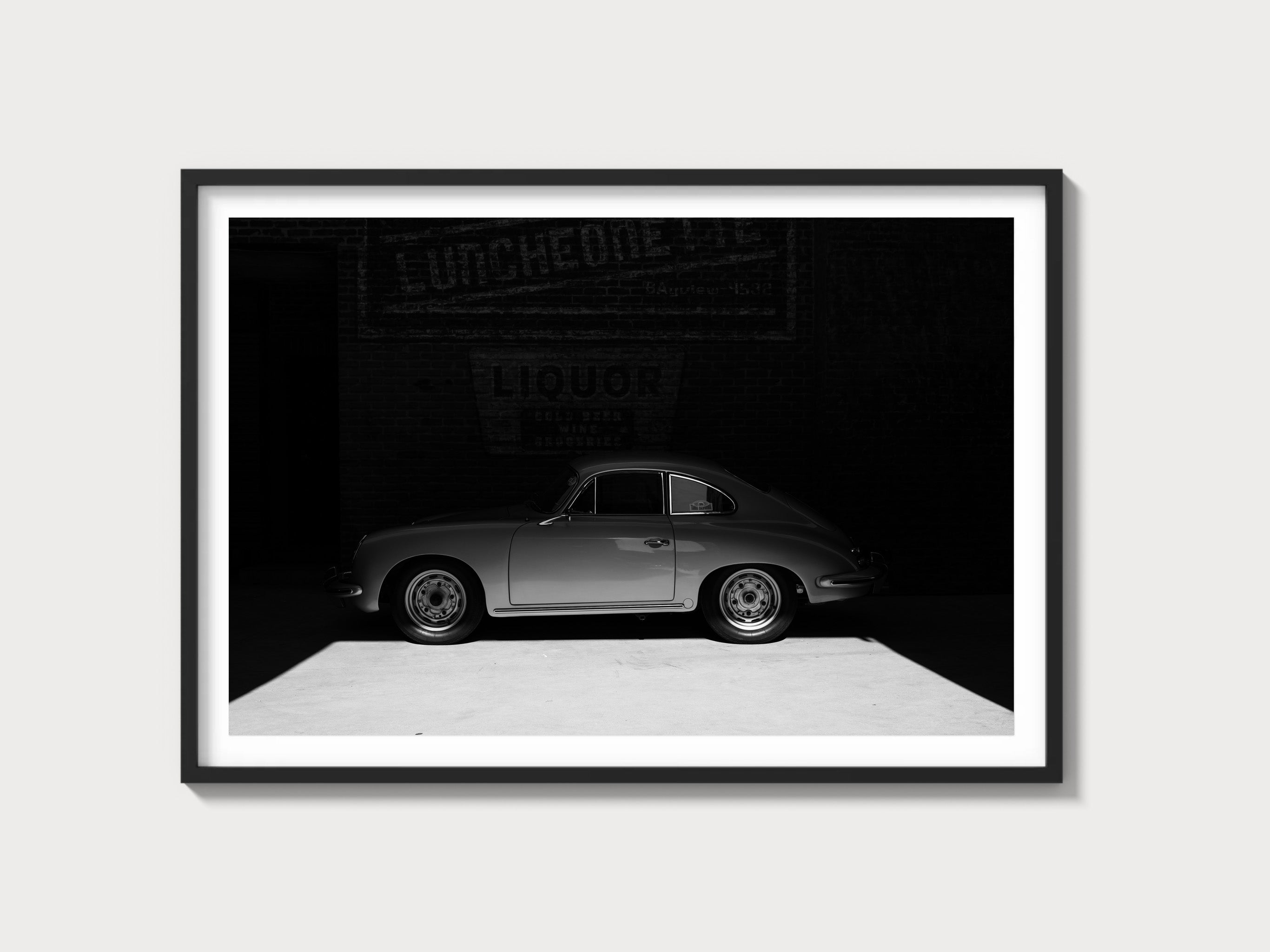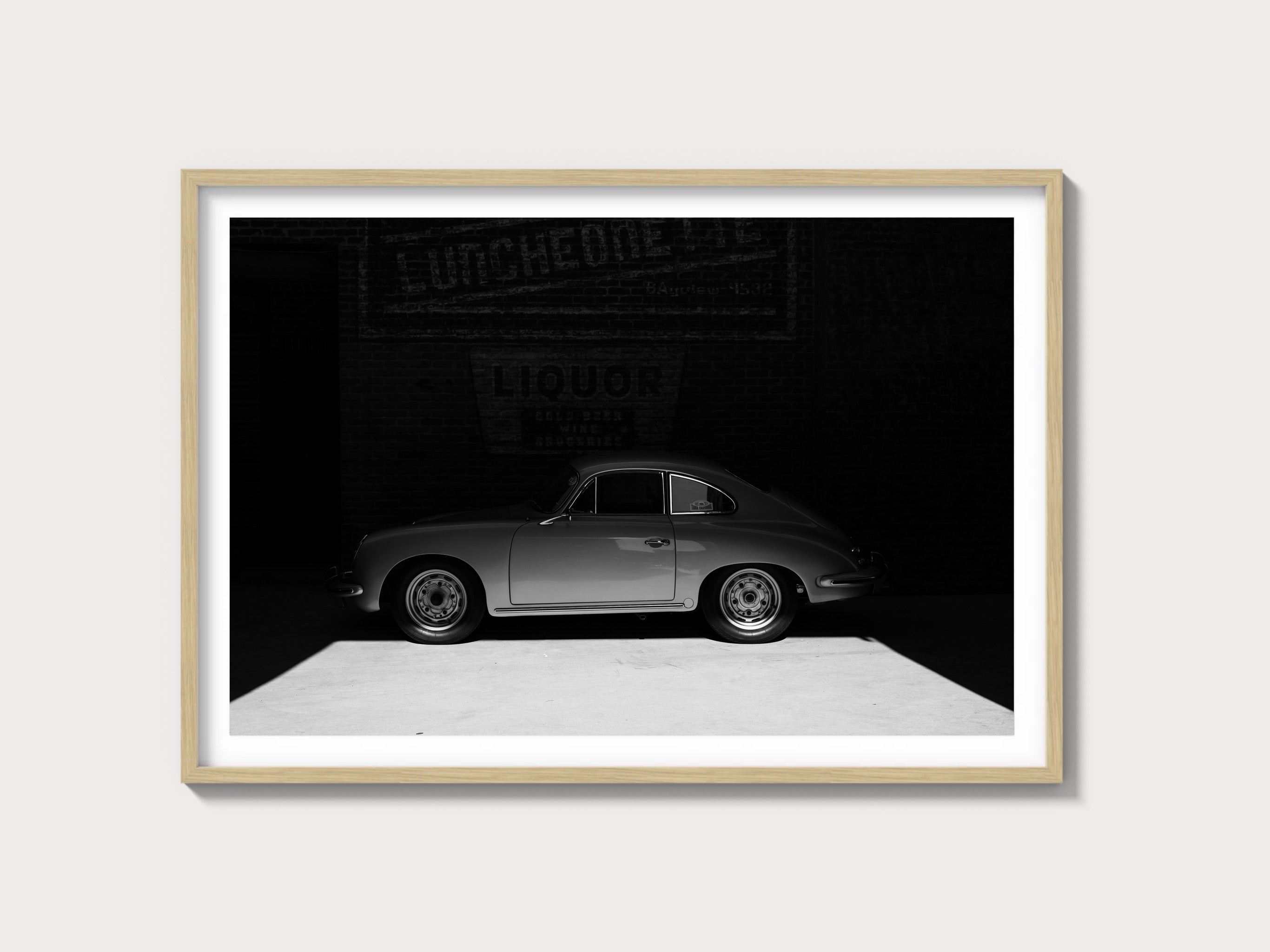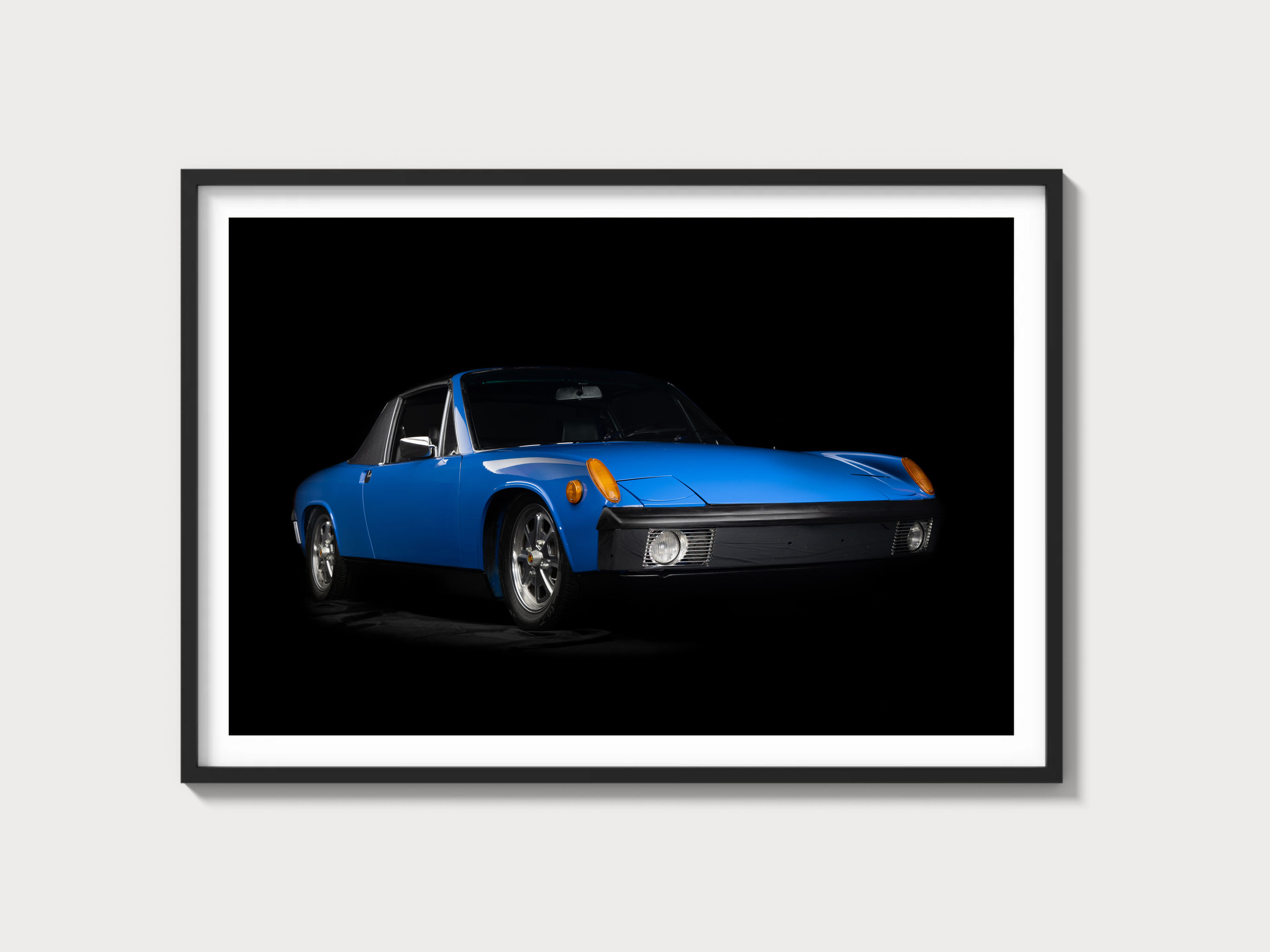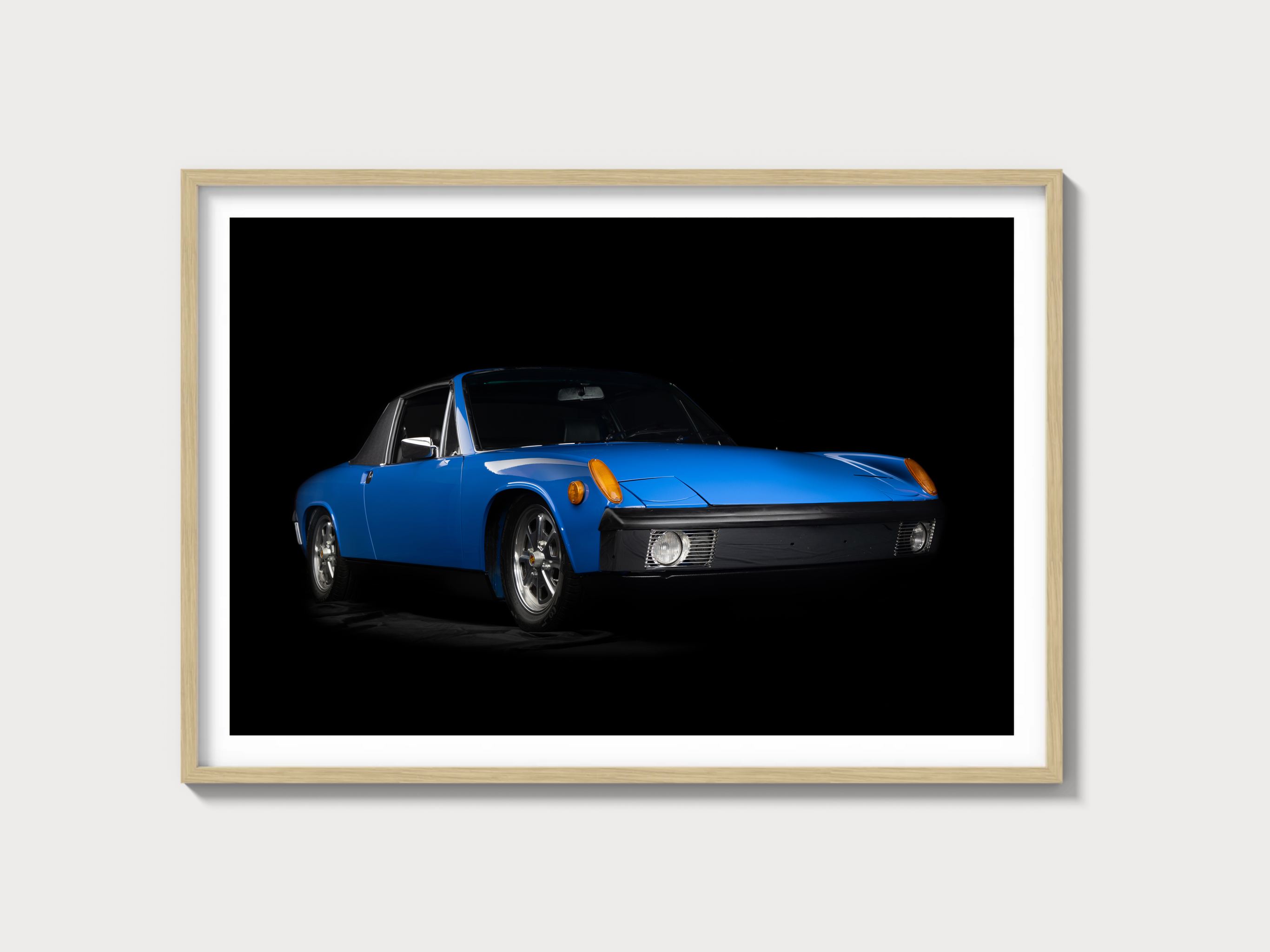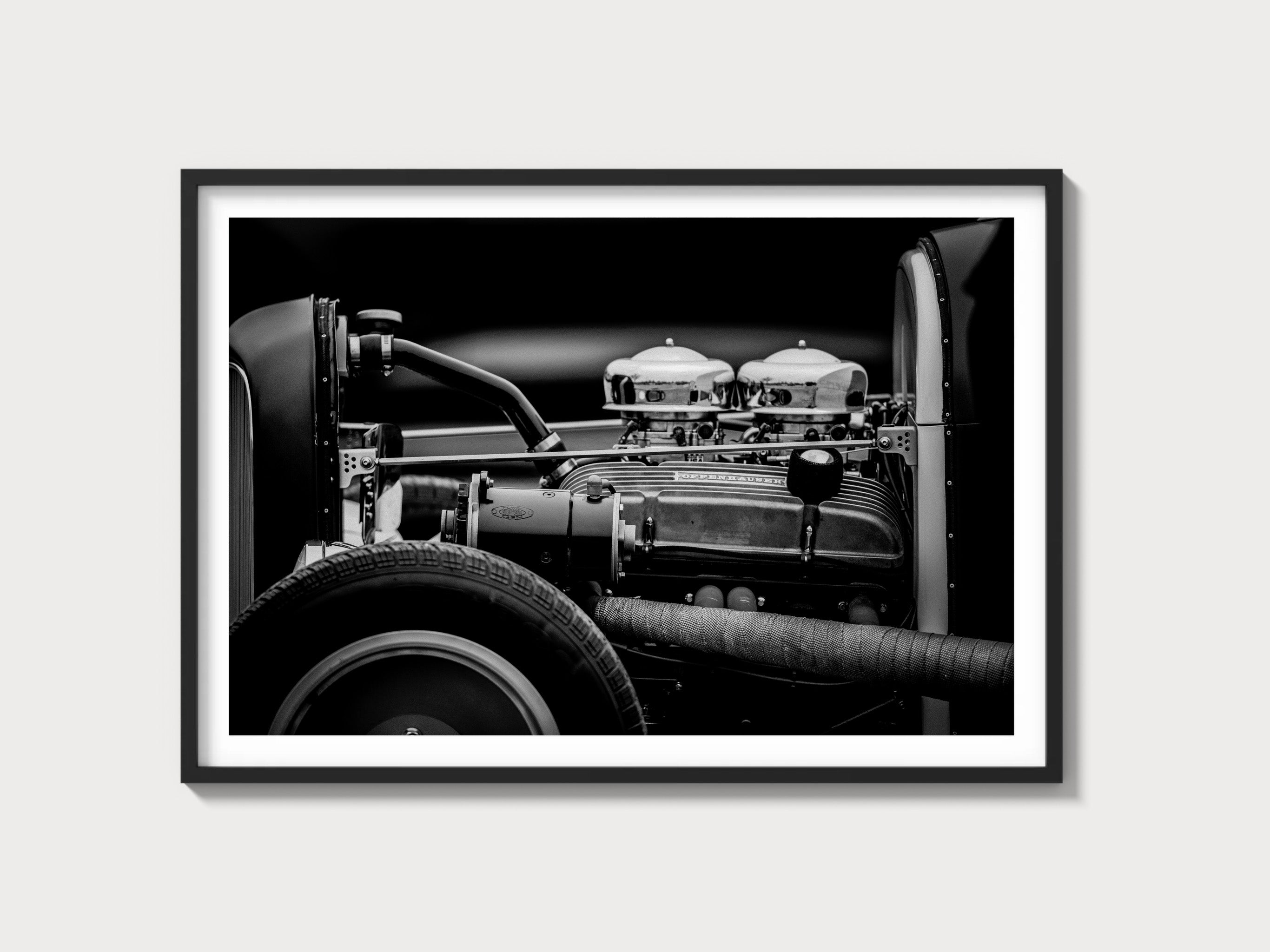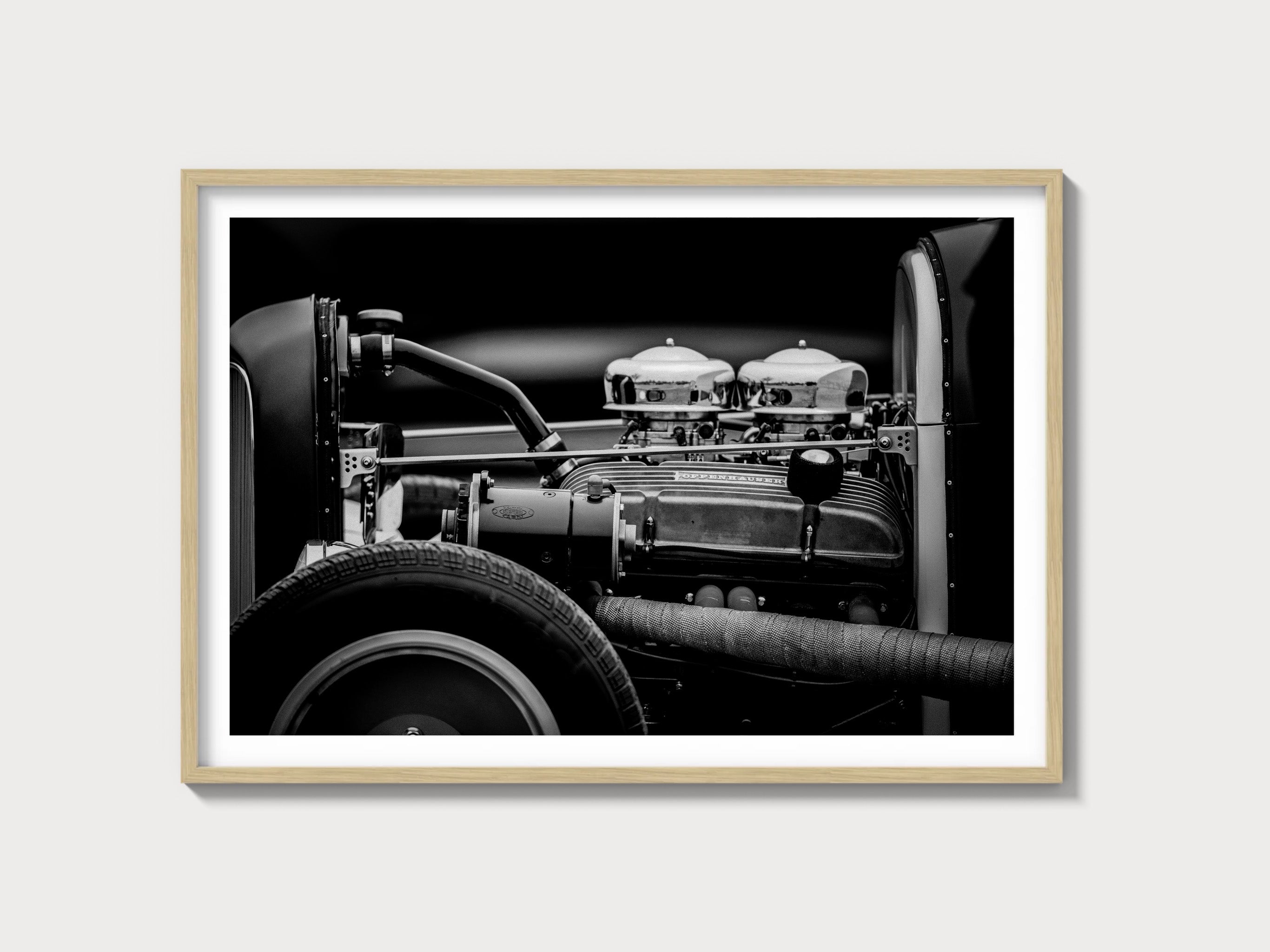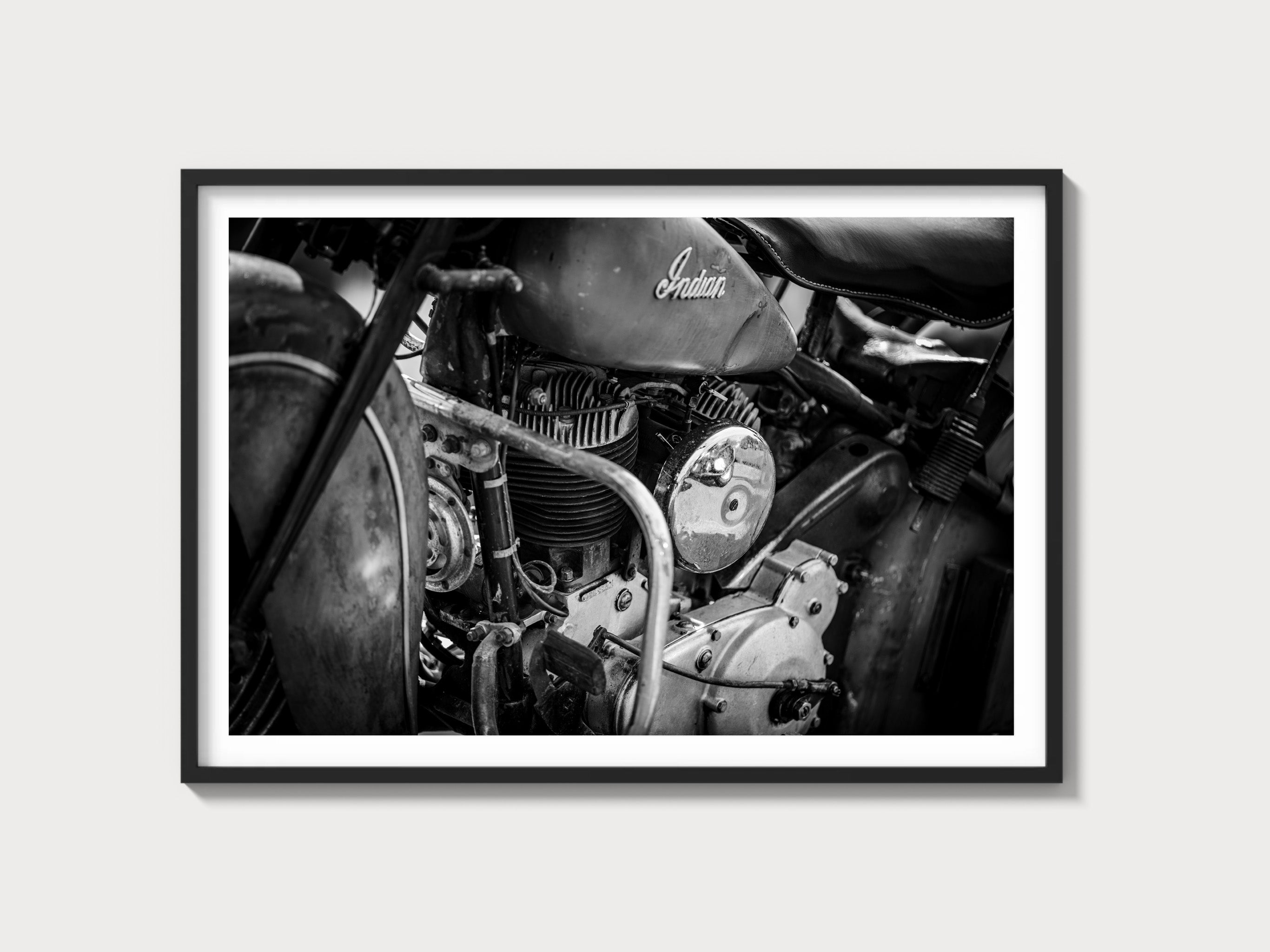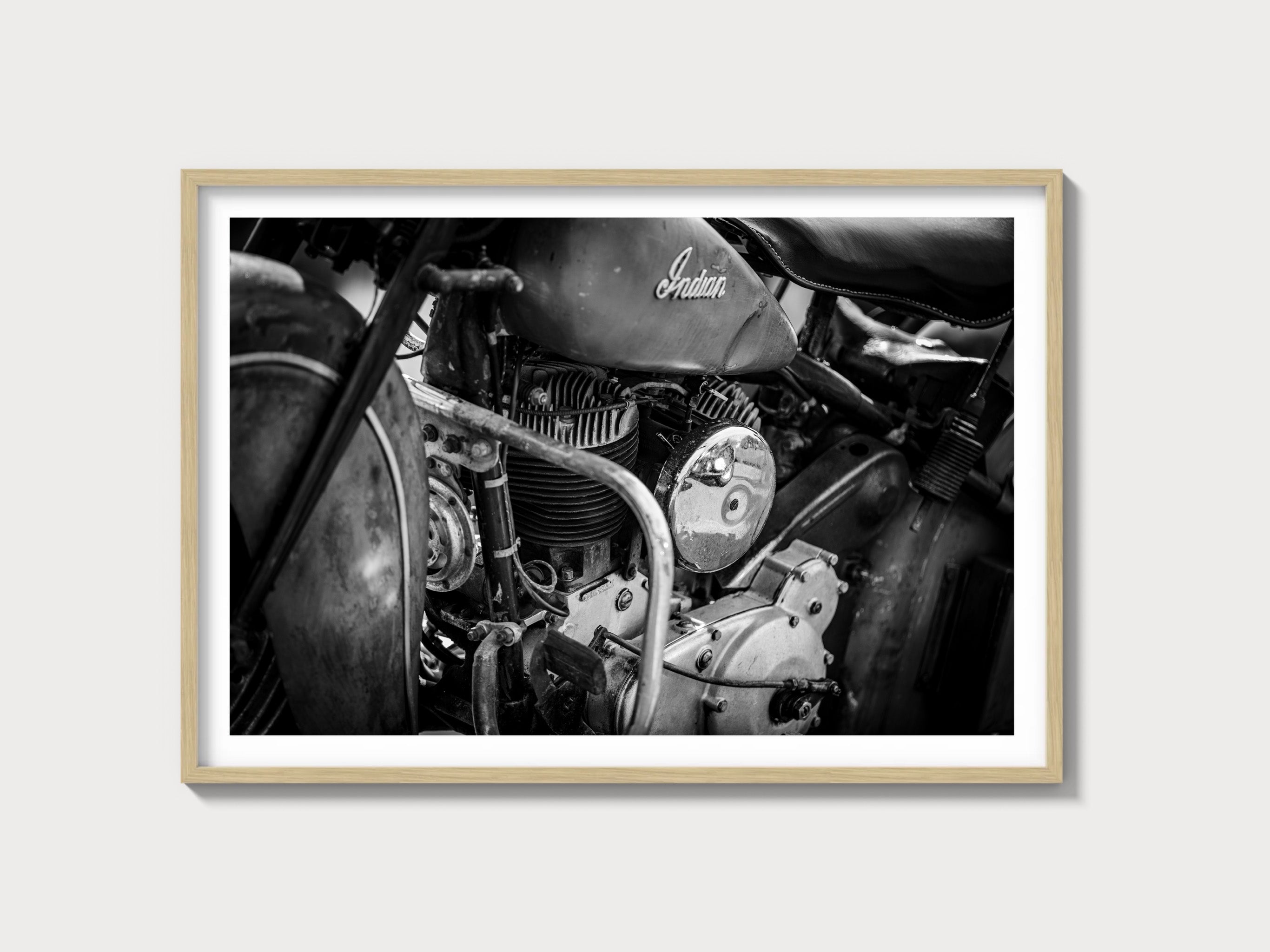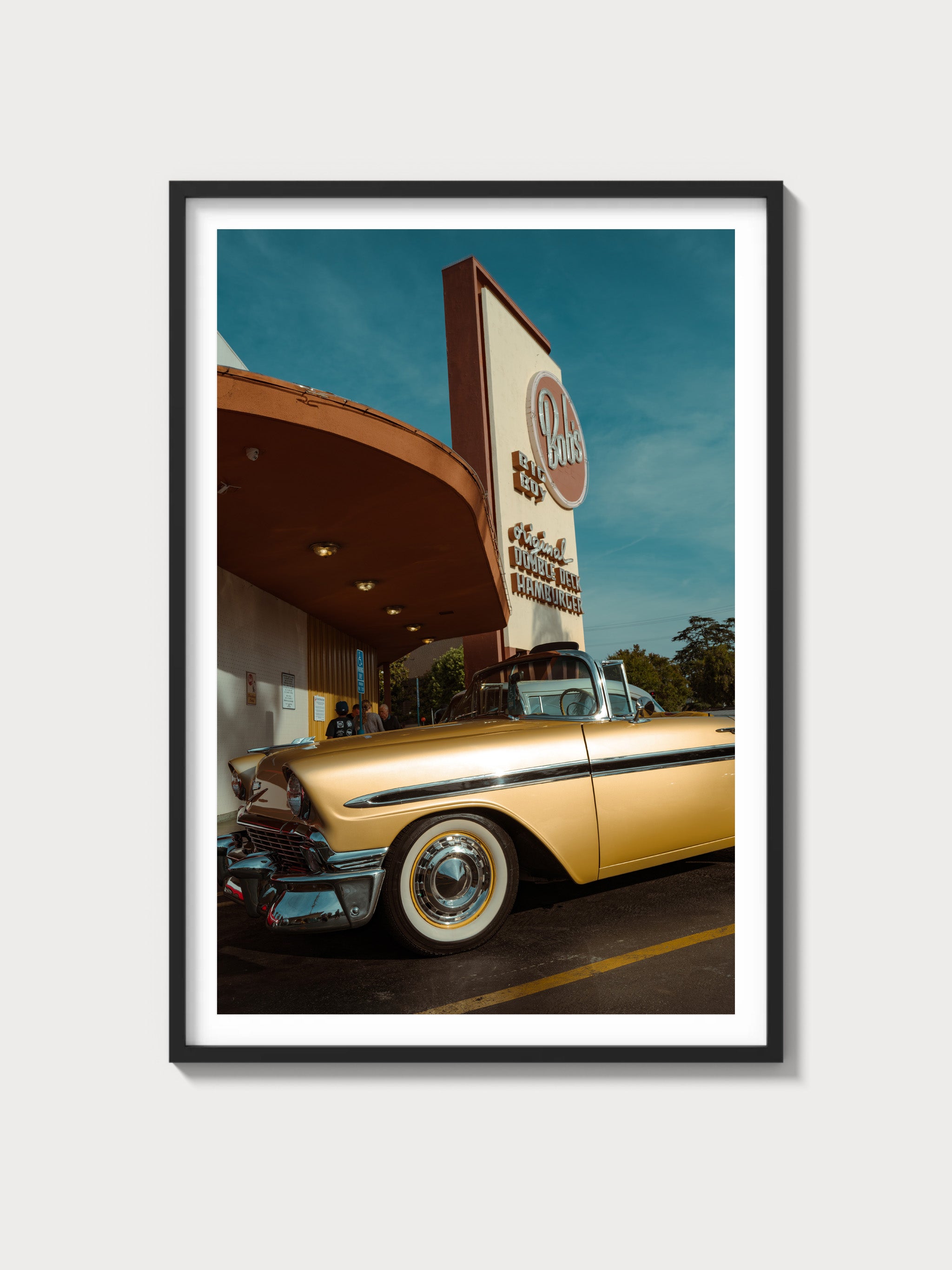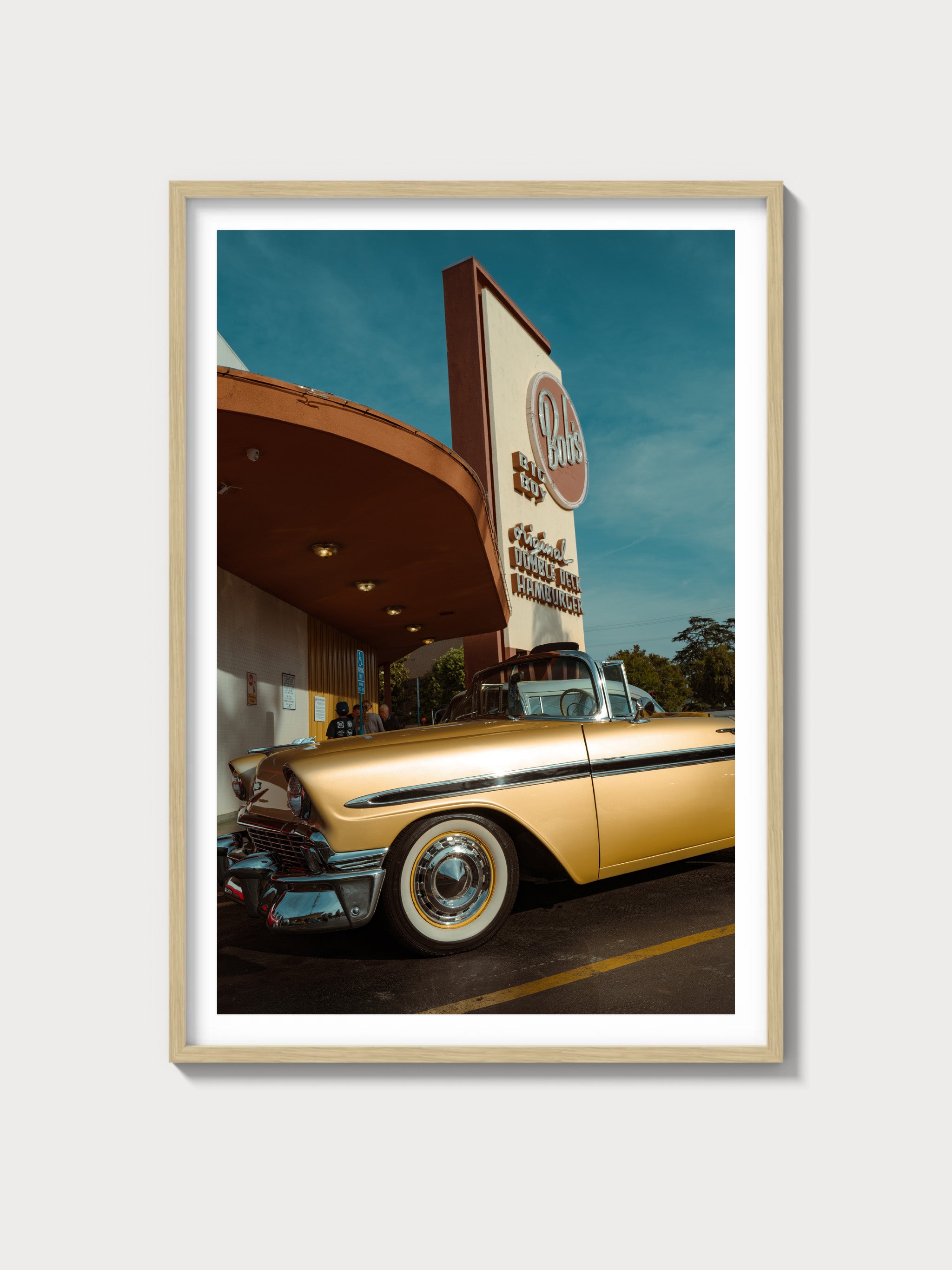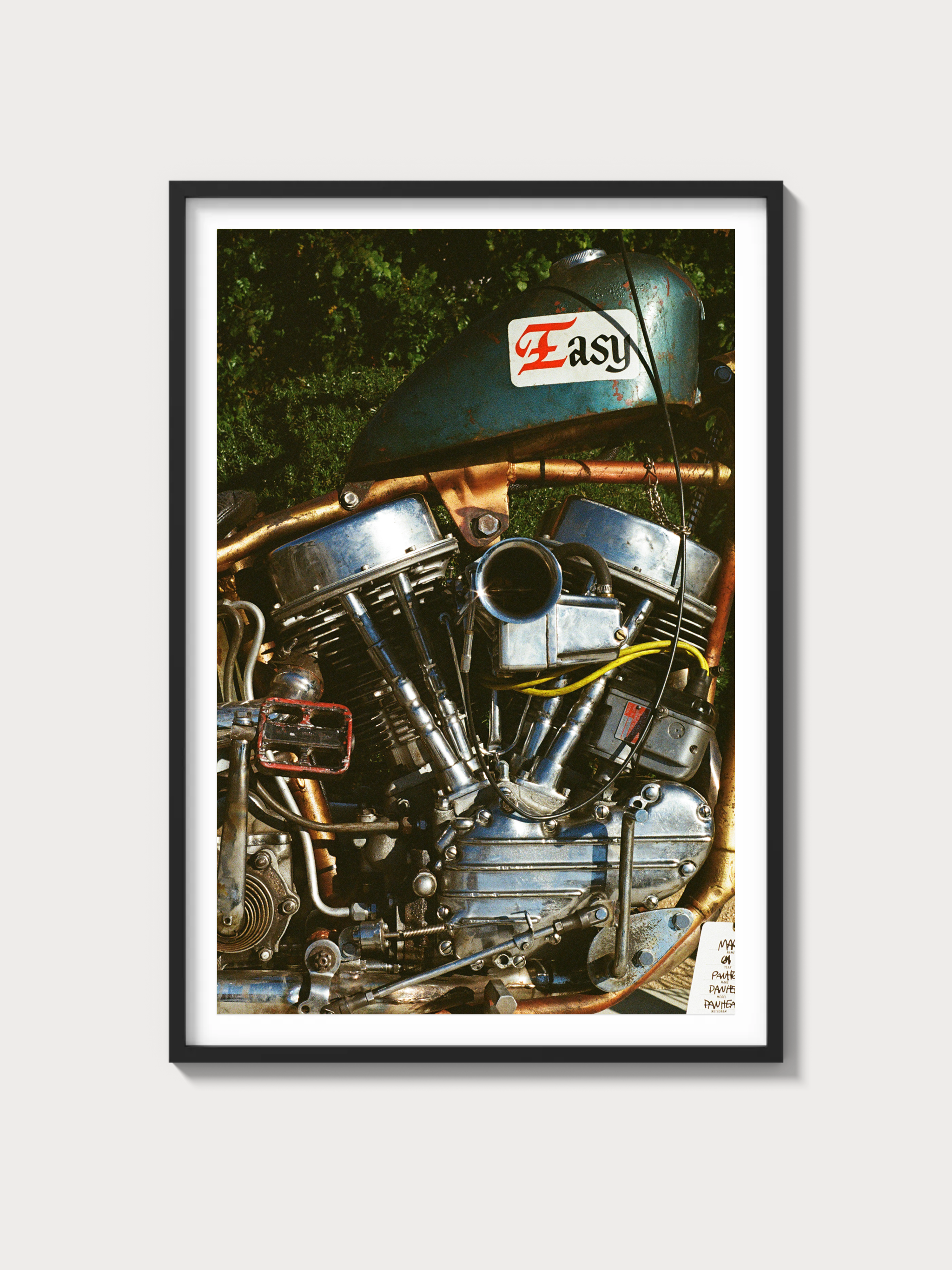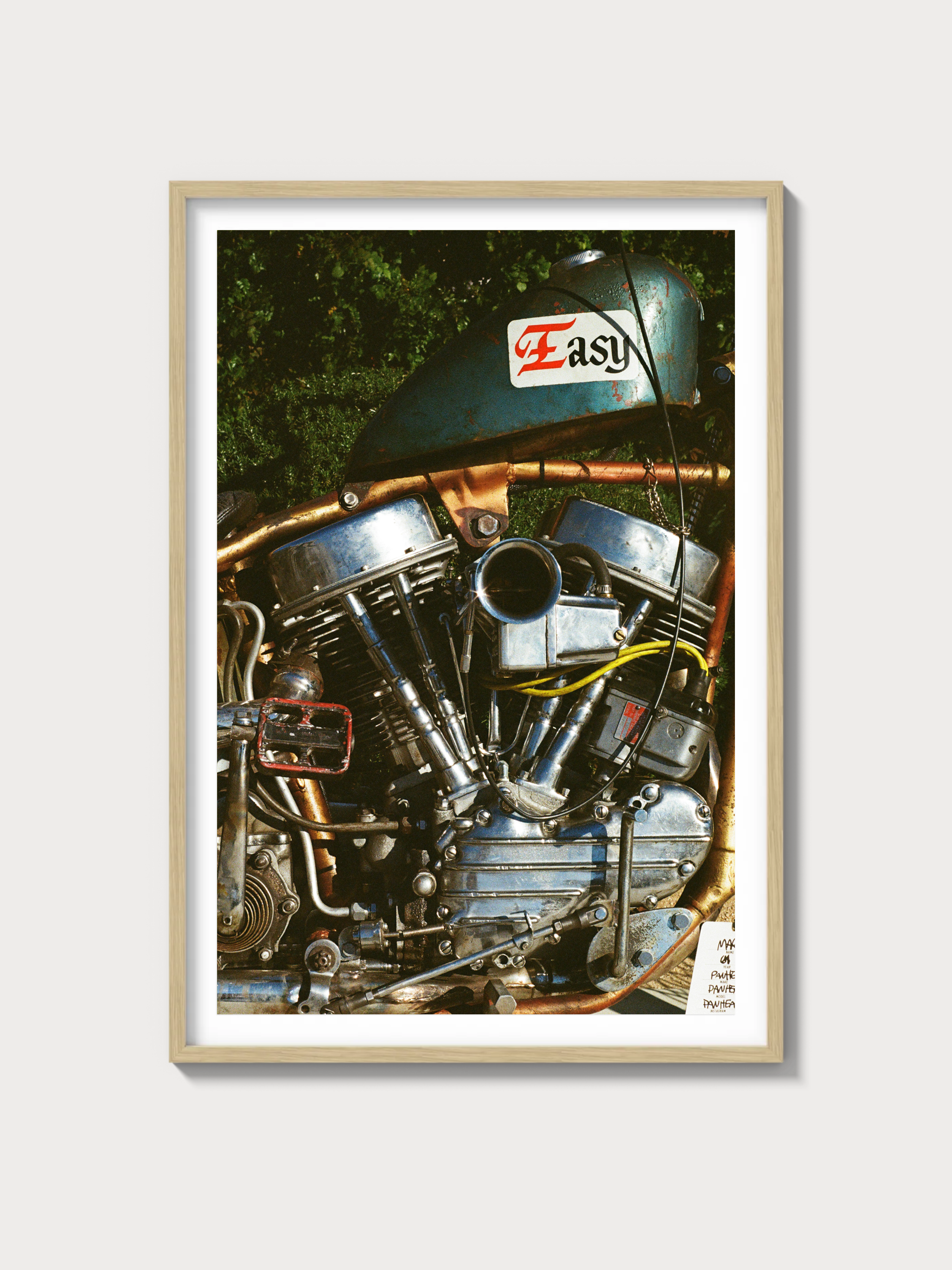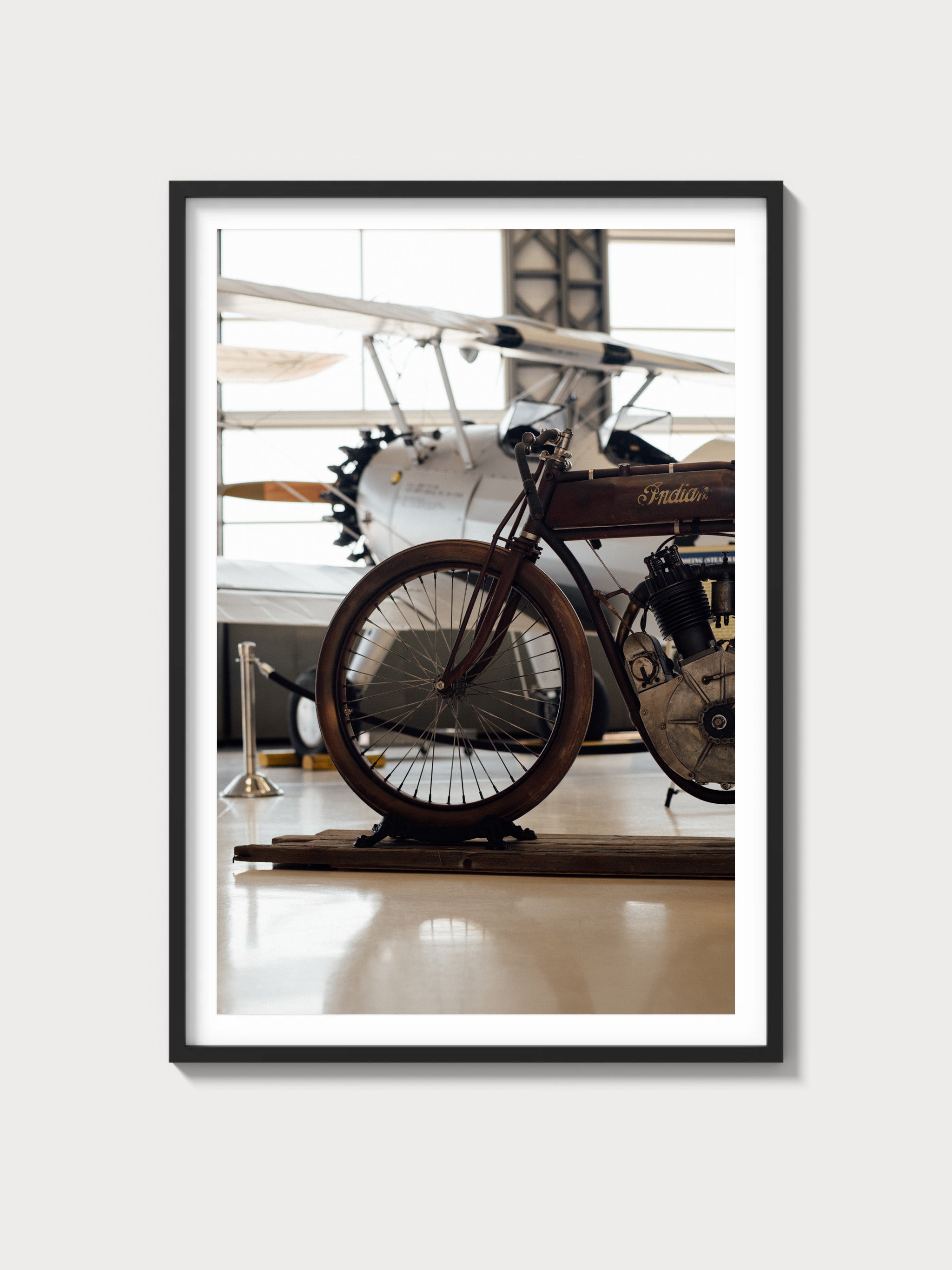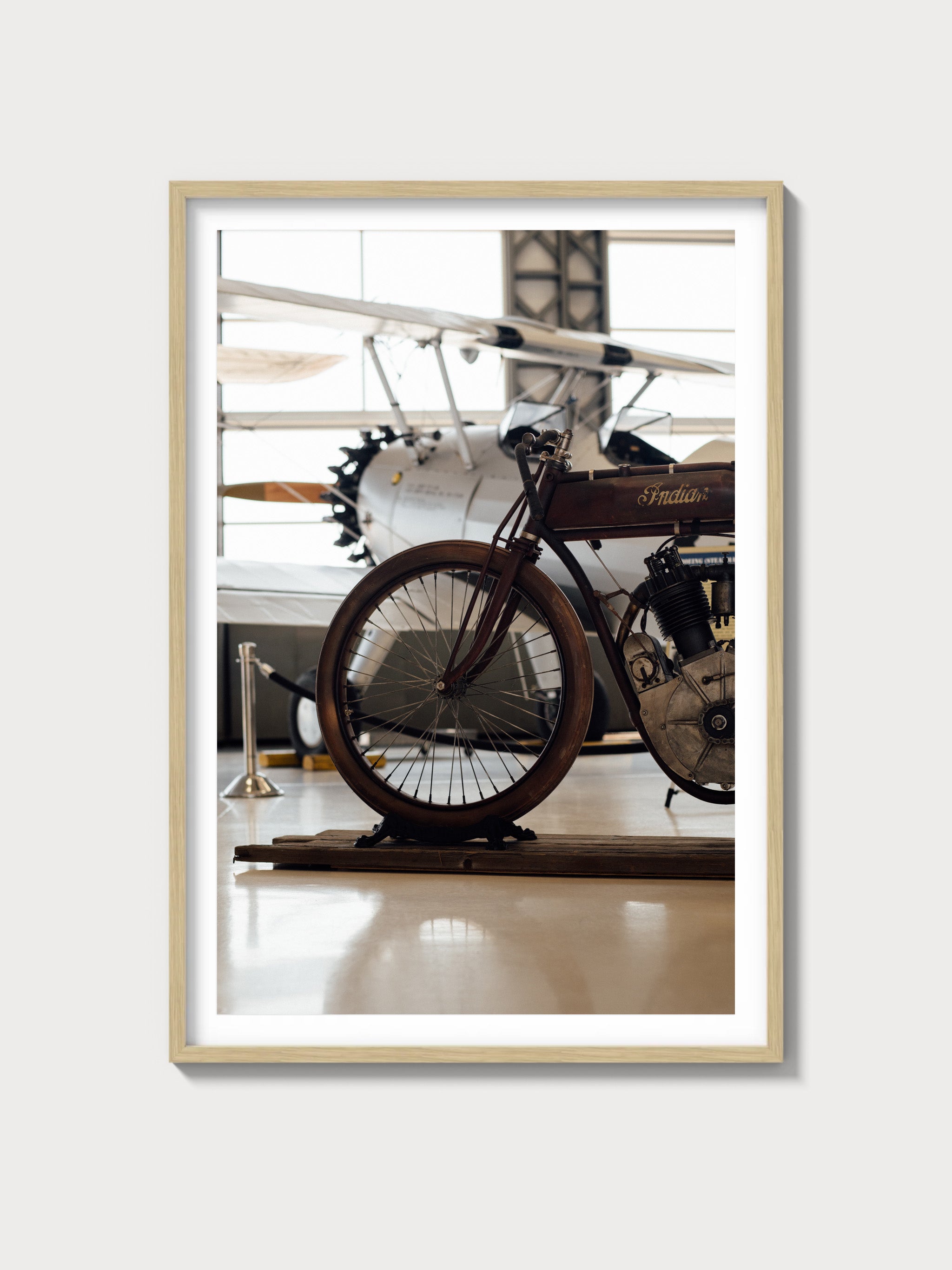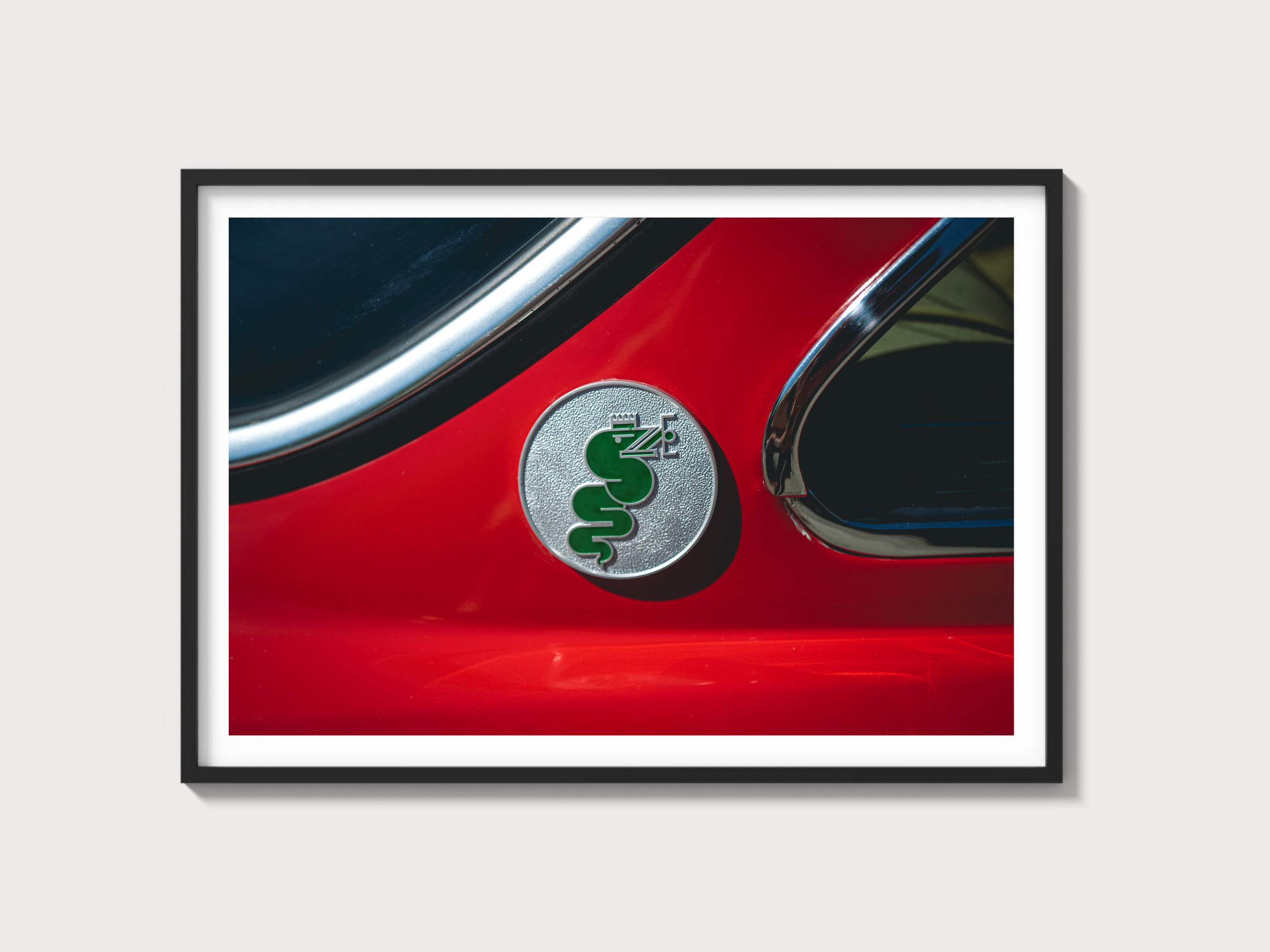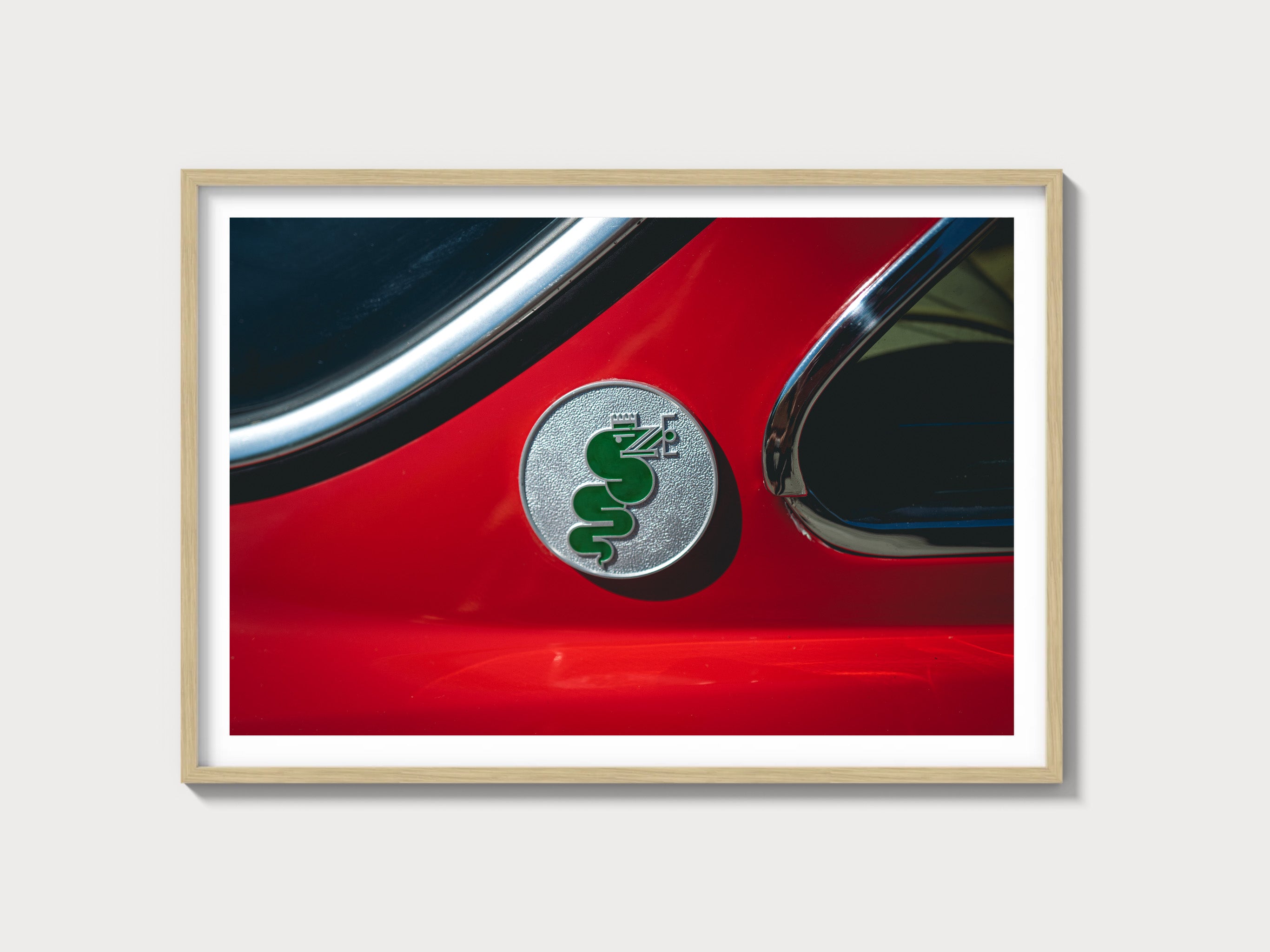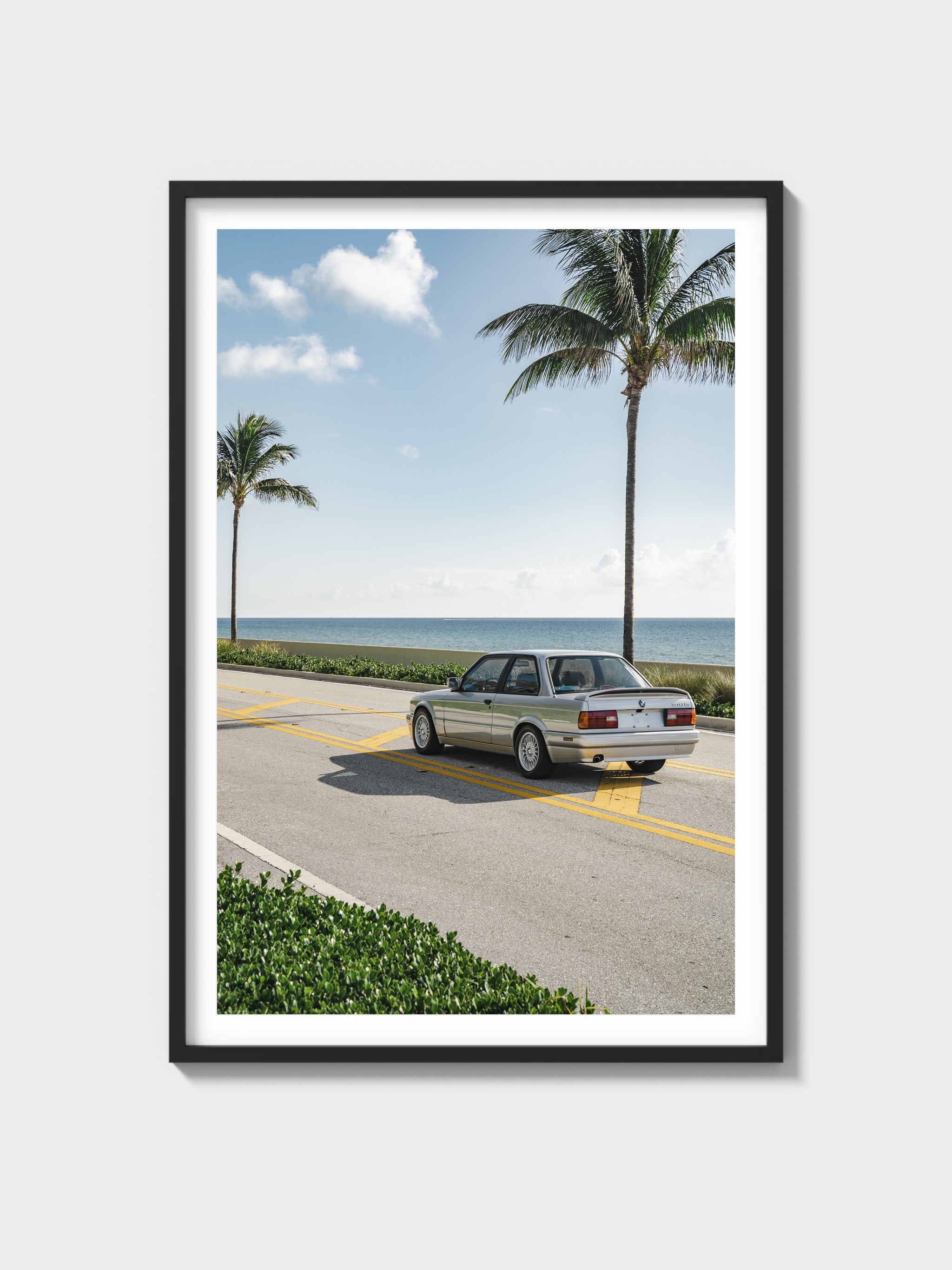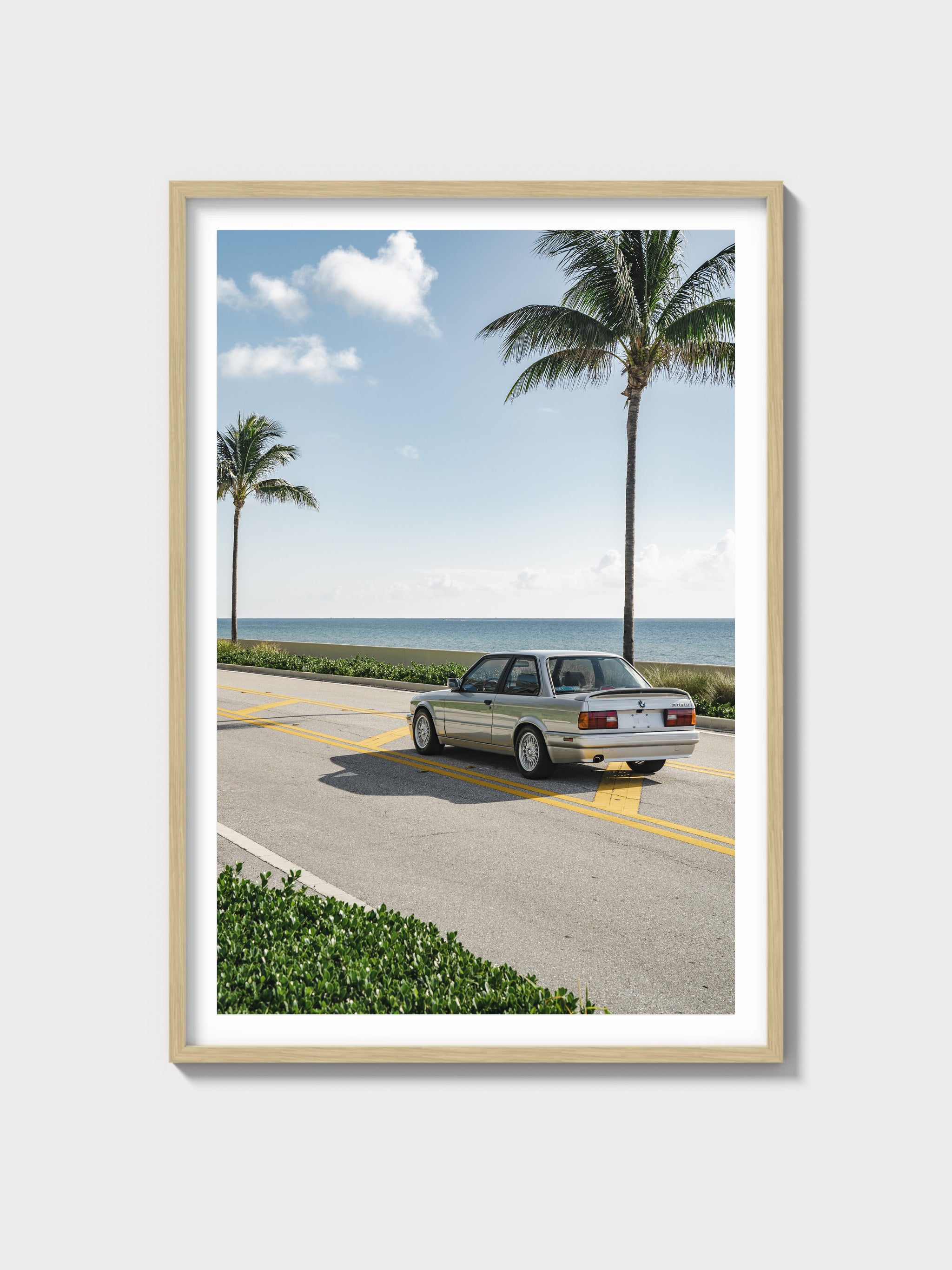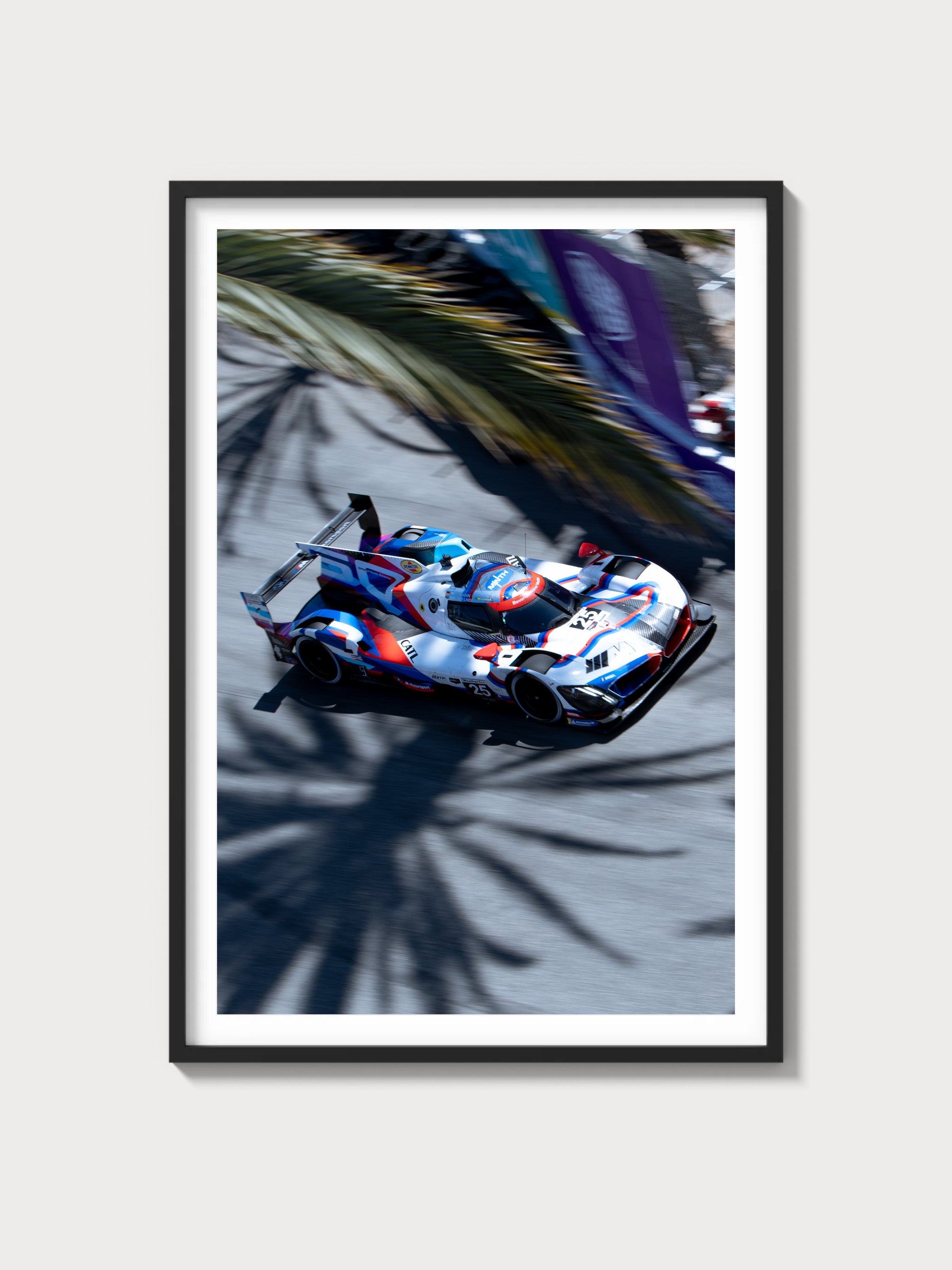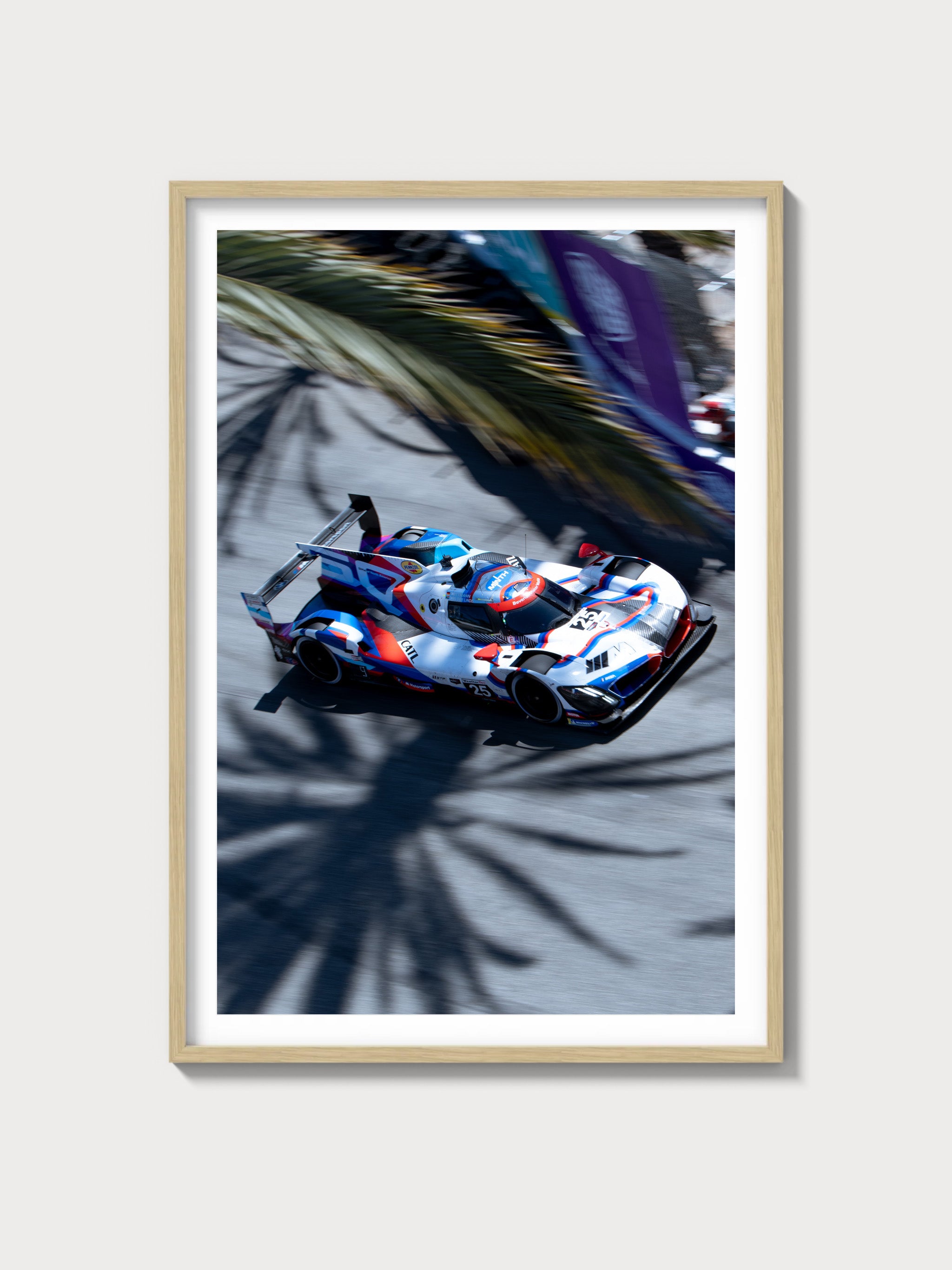Pontiac GTO Ram Air II (1968): The Round-Port Thunder That Set the Template
Historical Context and Development Background
The Ram Air II arrived quietly but hit hard. Introduced mid-way through 1968, it was Pontiac’s most focused street-performance GTO to date, bridging the gap between the earlier Ram Air packages and the later Ram Air IV. Corporate racing restrictions at General Motors still hovered in the background, but Pontiac’s performance engineering group continued to refine the A-body GTO with parts that worked in Stock and Super Stock drag classes, where dealer-backed cars and privateers did the talking.
Key to the Ram Air II’s significance were its round-port cylinder heads and high-flow cast-iron exhaust manifolds—hardware that previewed what the Ram Air IV would bring in 1969. The GTO platform had just been restyled for 1968 with the Endura nose, curvier flanks, and improved chassis rigidity. Against contemporary rivals—Chevrolet Chevelle SS396 (especially the L78), Oldsmobile 4-4-2 W-30, Ford Torino Cobra 428CJ, AMC AMX 390, and Plymouth Road Runner/Hemi—the Ram Air II took a more engineering-led approach than mere cubic inches: breathing efficiency, durable bottom-end, proper gearing, and functional induction.
While often mentioned in the same breath as the 1969 Ram Air IV, it’s important to note the Ram Air II was a 1968-only offering. For 1969, Pontiac transitioned GTO buyers to Ram Air III and Ram Air IV packages.
Engine and Technical Specifications
At the heart of the package is Pontiac’s 400-cubic-inch V8 with the Ram Air II treatment: round-port heads, specific camshaft, high-flow exhaust manifolds, functional cold-air induction, and mandatory performance axle ratios. The intent was clear—maximize volumetric efficiency and durability at sustained high rpm without sacrificing street manners.
| Specification | Detail |
|---|---|
| Engine configuration | 400 cu in (6.6 L) OHV V8, cast-iron block, round-port iron heads |
| Displacement | 400 cu in / 6,554 cc |
| Factory horsepower rating | 366 hp (gross) |
| Factory torque rating | 445 lb-ft (gross) |
| Induction type | Functional dual-scoop Ram Air hood with underhood pan and foam seal; Rochester Quadrajet 4-barrel |
| Fuel system | Rochester Quadrajet 4-bbl, high-flow fuel pump |
| Compression ratio | Approximately 10.75:1 |
| Bore x Stroke | 4.12 in x 3.75 in (104.6 mm x 95.3 mm) |
| Camshaft | High-overlap hydraulic cam used with Ram Air hardware (often referenced in period as the "041"-spec lineage) |
| Exhaust | Round-port, header-style cast-iron manifolds; dual exhaust |
| Redline | Approximately 5,200–5,600 rpm (factory instrumentation/application dependent) |
Driveline, Gearing, and Chassis
Ram Air II cars were delivered with the hardware to exploit the engine’s breathing. Buyers could choose a Muncie 4-speed (close-ratio available) or the TH400 3-speed automatic, both paired with heavy-duty cooling, Safe-T-Track limited-slip differential, and short final drives. The 3.90:1 axle was typical, with 4.33:1 available in many builds—ratios that kept the 400 on the cam. Standard GTO suspension carried over: unequal-length control arms and coil springs up front, a triangulated four-link with coils out back, and anti-roll bar(s). Power front disc brakes were optional and very desirable on Ram Air II cars.
Driving Experience and Handling Dynamics
On the road, the Ram Air II feels tauter and more eager than the numbers suggest. The round-port heads and cam timing give a crisp, hard-edged induction note as the functional scoops come into play. Throttle response is immediate off-idle, but the engine truly wakes up past 3,000 rpm and pulls with a linear surge to the far side of five grand without strain. The Muncie’s mechanical precision rewards decisive shifts; the TH400 is robust, with firm, well-spaced upshifts and a kickdown that lands the 400 back in its sweet spot.
Compared with broader-appeal GTOs, the Ram Air II’s short gearing makes the car feel lighter on its feet through transitions. The variable-ratio power steering option suits quick corrections, and with bias-ply G70-14s the chassis communicates progressively at the limit. Drums are adequate for a single hard stop; the optional front discs stand up much better to repeated use. Ride quality remains bookmarked by the A-body’s compliant coil springs, but the heavy-duty cooling and driveline pieces add an appealing sense of durability when you drive it as intended.
Performance Specifications
| Metric | Figure |
|---|---|
| 0–60 mph | Approx. 5.8–6.5 seconds (gearing/tire dependent) |
| Quarter-mile | Approx. 13.8–14.5 sec @ 99–103 mph (period-type conditions) |
| Top speed | ~125 mph |
| Curb weight | ~3,600–3,900 lb (equipment dependent) |
| Layout | Front-engine, rear-wheel drive (GM A-body) |
| Brakes | 11-in drums standard; power front discs optional |
| Suspension | Front: unequal-length A-arms, coils, anti-roll bar; Rear: triangulated 4-link, coils |
| Gearbox | Muncie 4-speed (close-ratio available) or TH400 3-speed automatic |
| Final drive ratios | Typically 3.90:1; 4.33:1 available in many applications |
Variant Breakdown and Production Notes
The Ram Air II package was officially offered for the 1968 model year. For 1969, Pontiac replaced it with the Ram Air III and Ram Air IV. Ram Air II production was notably low, contributing to today’s desirability.
| Year | Body Style | Transmission | Axle Ratios | Visual/Hardware Cues | Approx. Production |
|---|---|---|---|---|---|
| 1968 | GTO Hardtop Coupe | Muncie 4-spd or TH400 | 3.90:1 typical; 4.33:1 available | Functional Ram Air hood with underhood pan; round-port exhaust manifolds; heavy-duty cooling; "Ram Air" callouts | Very limited; widely cited as well under a few hundred units |
| 1968 | GTO Convertible | Muncie 4-spd or TH400 | 3.90:1 typical; 4.33:1 available | Same Ram Air II hardware; rare configuration | Extremely low; a small fraction of total Ram Air II output |
| 1969 | — | — | — | Ram Air II not offered; superseded by Ram Air III/IV | — |
Ownership Notes: Maintenance, Parts, and Restoration
- Documentation: Authenticity is everything. Pontiac Historical Services (PHS) documentation is the standard for verifying factory Ram Air II builds, backed by correct componentry and casting/part numbers.
- Fuel and ignition: With roughly 10.75:1 compression, detonation margin is slim on modern pump fuel. Sensible ignition timing, a healthy cooling system, and appropriate octane are essential. Many builders opt for conservative advance curves.
- Camshaft and valvetrain: The high-overlap hydraulic cam needs proper break-in chemistry and spring pressures. Use oil with adequate ZDDP content and observe careful run-in after fresh builds.
- Exhaust manifolds: The round-port cast manifolds are unique to Ram Air II/IV architecture. Originals are scarce and valuable; inspect for cracks and warpage. Heat-cycling can deteriorate hardware and gaskets if neglected.
- Induction hardware: The underhood Ram Air pan, cable actuation, and foam seal are often missing or incorrectly reproduced. Correct parts and fitment materially affect drivability and value.
- Cooling: Heavy-duty cooling was part of the package, but age and deposits take their toll. A clean, efficient radiator, shroud integrity, and proper fan clutch matter on hot days and in traffic.
- Driveline: Short final drives (3.90/4.33) make for elevated cruise rpm. Ensure the Safe-T-Track diff is healthy and that gear wear matches the car’s claimed mileage. TH400s are tough; Muncies reward clean shifts and proper clutch adjustment.
- Service cadence: Period-correct tune intervals (points, plugs) are shorter than modern expectations. Plan for regular ignition service, carb calibration checks, and frequent fluid changes.
- Parts availability: Core Pontiac 400 components are well supported; Ram Air II-specific parts (round-port heads, manifolds, brackets) are difficult and costly to source. Budget accordingly for correctness in concours restorations.
Cultural Relevance and Collector Standing
Although overshadowed in headlines by the 1969 Ram Air IV and the Judge, the 1968 Ram Air II was the leap that made the IV possible. It resonated in NHRA Stock/Super Stock circles where round-port flow and short gears paid dividends. In popular culture, the GTO had long since cemented its image as the archetypal muscle car; the Ram Air II is the connoisseur’s expression of that image.
Collector interest is correspondingly strong. Genuine, numbers-matching Ram Air II GTOs—especially those with original induction hardware, driveline, and documentation—command a premium. Well-documented cars routinely bring six-figure results at major auctions, with ultra-rare convertibles and top-condition builds reaching substantially higher.
FAQs
Was the Ram Air II offered in 1969?
Officially, no. Ram Air II was a 1968-only package. For 1969, Pontiac offered Ram Air III and Ram Air IV.
How much horsepower did the Ram Air II have?
Pontiac rated the Ram Air II at 366 gross horsepower with 445 lb-ft of torque.
How can I verify a real Ram Air II car?
Obtain PHS documentation for the VIN and build, then corroborate with correct componentry: round-port heads, unique cast-iron exhaust manifolds, functional Ram Air hardware, heavy-duty cooling, and appropriate driveline. Casting and date codes should align with the build record.
How quick is a Ram Air II GTO?
In period-correct trim, expect roughly 0–60 mph in the six-second bracket and quarter-mile times in the high-13s to mid-14s, depending on gearing, tires, and test conditions.
What axle ratios were typical?
Short final drives were part of the formula: 3.90:1 was common, with 4.33:1 available in many builds.
Are parts hard to find?
General Pontiac 400 parts are widely available. Ram Air II–specific pieces—round-port heads, manifolds, induction pan, brackets—are scarce and expensive.
Any known weak points?
Watch for heat-soaked starters, marginal cooling systems, worn distributor curves, and cracked round-port manifolds. Incorrect carb calibration and missing induction components hurt drivability and performance.
What’s the difference between Ram Air II and Ram Air IV?
Both use round-port architecture. The IV introduced further refinements (including revised valvetrain and induction details) and was a 1969 offering. The II is the earlier, 1968-only package that established the round-port formula.
Summary
As a mid-year 1968 release, the Pontiac GTO Ram Air II distilled the brand’s muscle ethos into a package that was quicker, sharper, and more technically interesting than the spec sheet implies. With round-port lungs, functional induction, short gears, and authentic drag-strip credibility, it remains one of the most compelling—and rare—ways to experience a factory-hot GTO.


